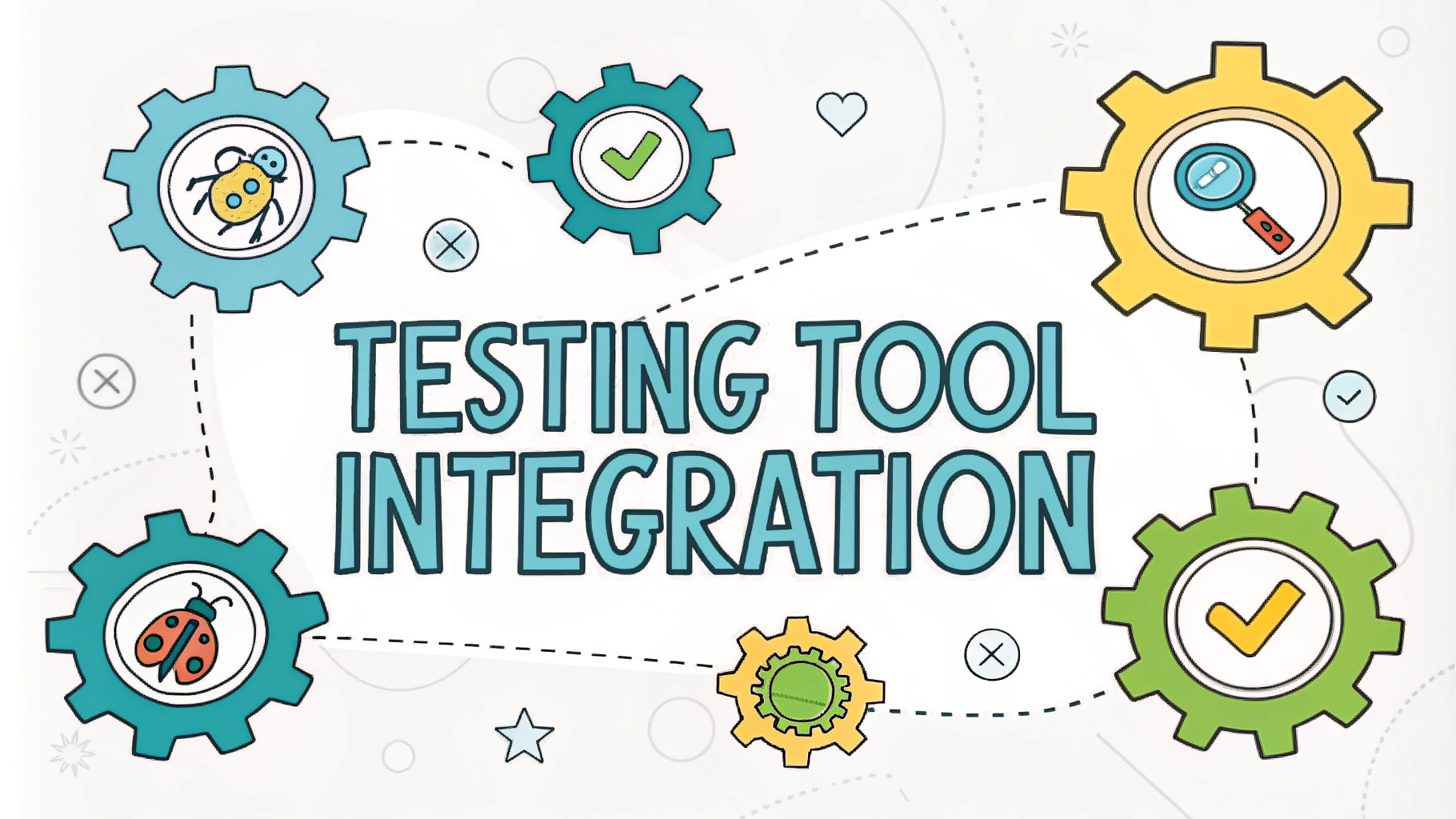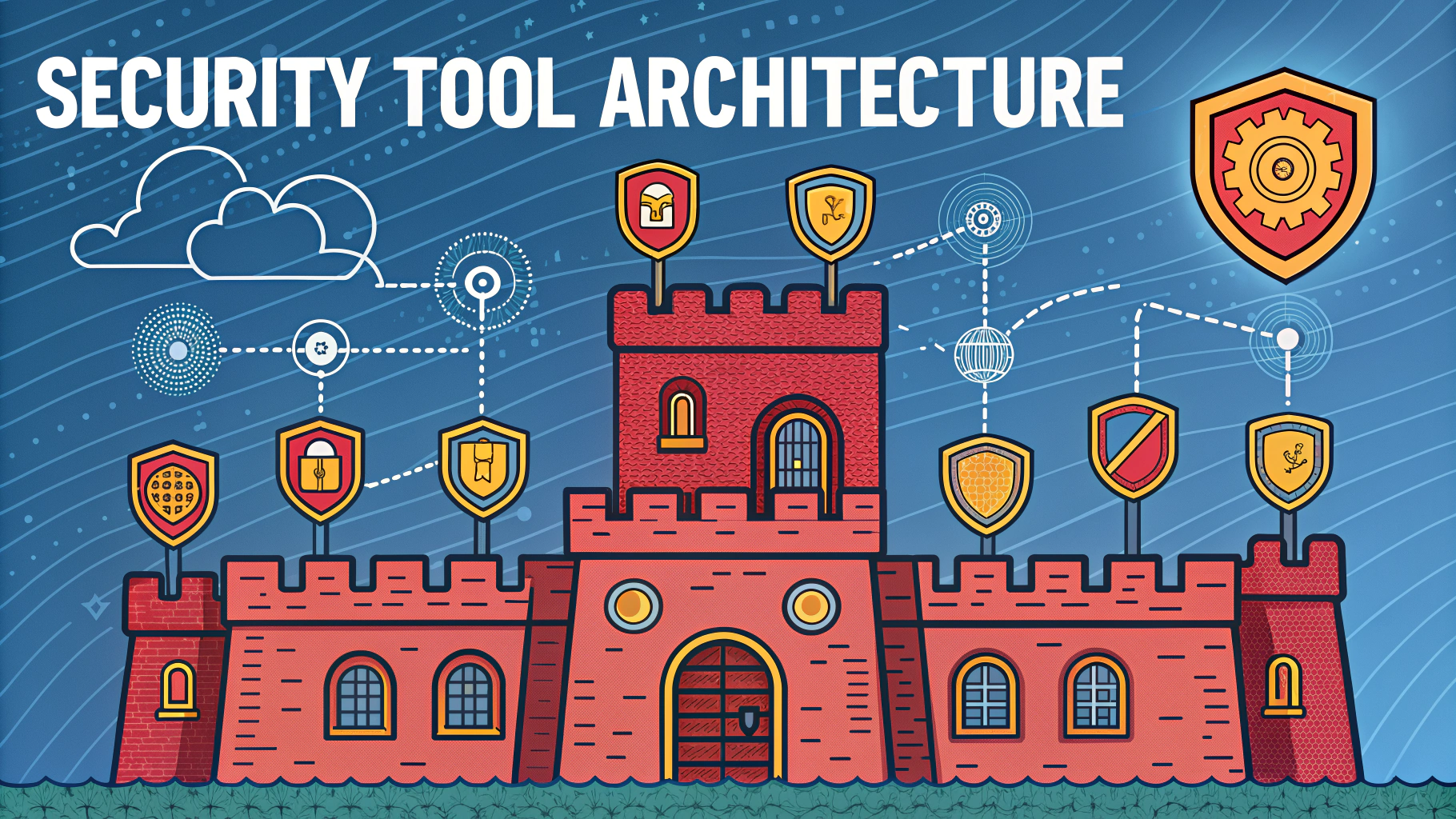OWASP ZAP (Zed Attack Proxy) is a popular open-source security testing tool that helps identify vulnerabilities in web applications.
This quick guide covers essential ZAP features and techniques for effective web application security testing.
Getting Started with ZAP
Download OWASP ZAP from https://www.zaproxy.org/download/.
- Windows: Run the executable installer
- Linux: Use the provided package or AppImage
- macOS: Install via DMG file or Homebrew
Key Features
- Automated Scanner: Finds security vulnerabilities automatically
- Spider: Crawls websites to discover hidden content
- Intercepting Proxy: Captures and modifies HTTP/HTTPS traffic
- Active Scanner: Performs targeted attacks to find vulnerabilities
- API Testing: Supports REST, GraphQL, and SOAP APIs
Basic Scanning Steps
- Enter target URL in ZAP’s address bar
- Run the Spider to map the application
- Use Active Scan on discovered URLs
- Review and verify found vulnerabilities
- Generate detailed security reports
Advanced Features
| Feature | Use Case |
|---|---|
| Break Points | Pause and modify requests/responses |
| Scripts | Automate custom security tests |
| Authentication | Test logged-in functionality |
Security Testing Tips
- Always obtain permission before testing
- Use ZAP’s built-in scope feature to limit testing boundaries
- Start with passive scanning before active attacks
- Verify findings manually to reduce false positives
- Keep ZAP updated for latest security rules
Common Issues and Solutions
- SSL/TLS Issues: Import root CA certificate into browser
- Performance: Adjust thread count in scanning options
- False Positives: Use context-specific rules and filters
For additional support, visit the ZAP User Group or check the official documentation.
Related Tools
- Burp Suite: Commercial alternative with extended features
- Nikto: Web server scanner
- Acunetix: Enterprise web vulnerability scanner
Integration Options
- CI/CD Pipeline: Automate security testing in development workflow
- Docker Container: Run ZAP in containerized environments
- API Automation: Use ZAP’s REST API for custom integrations
- Jenkins Plugin: Direct integration with Jenkins builds
Best Practices
Configuration
- Configure appropriate scan policies
- Set up context-specific authentication
- Define clear scanning boundaries
- Enable relevant passive scan rules
Testing Workflow
- Create reusable test scenarios
- Document testing procedures
- Implement regular scanning schedules
- Maintain baseline security reports
Reporting Features
| Report Type | Description |
|---|---|
| HTML Report | Detailed web-based documentation |
| XML Export | Machine-readable format for automation |
| PDF Report | Professional documentation for stakeholders |
Conclusion
OWASP ZAP provides essential security testing capabilities for modern web applications. Its combination of automated scanning, manual testing tools, and integration options makes it valuable for both security professionals and developers.
Regular security testing with ZAP helps organizations:
- Identify vulnerabilities early in development
- Maintain consistent security standards
- Reduce security testing costs
- Meet compliance requirements
- Improve overall application security
FAQs
- What is OWASP ZAP and what is its primary purpose?
OWASP ZAP (Zed Attack Proxy) is a free and open-source security testing tool used for finding vulnerabilities in web applications during penetration testing. It functions as an intercepting proxy, allowing users to manipulate traffic between their browser and web applications. - How does OWASP ZAP’s active scanning differ from passive scanning?
Passive scanning monitors traffic without interacting with the target application, analyzing requests and responses as they pass through the proxy. Active scanning actively sends test payloads to target applications to detect vulnerabilities like SQL injection and XSS. - Can OWASP ZAP be automated with CI/CD pipelines?
Yes, OWASP ZAP can be integrated into CI/CD pipelines using its REST API, Command Line Interface, or Docker containers. It supports automation through various frameworks and can generate security reports in multiple formats including HTML and XML. - What are the key features of OWASP ZAP’s spider functionality?
The spider feature automatically crawls web applications to discover content and functionality, including traditional spider for HTML content and AJAX spider for JavaScript-heavy applications. It can handle various authentication methods and respect robots.txt rules. - How does OWASP ZAP handle authentication during testing?
OWASP ZAP supports multiple authentication methods including Form-based, HTTP Basic, HTTP Digest, and JSON-based authentication. It can maintain session state and handle complex authentication workflows through its built-in authentication handling mechanisms. - What types of security reports can OWASP ZAP generate?
ZAP can generate detailed security reports in multiple formats including HTML, XML, JSON, and PDF. Reports include vulnerability descriptions, risk levels, evidence, and remediation advice for each finding. - How does OWASP ZAP’s Break Point feature work?
Break Points allow users to intercept and modify HTTP/HTTPS traffic in real-time before it reaches the target application or browser. Users can examine and modify request/response headers, parameters, and body content for detailed testing. - What are OWASP ZAP’s Fuzzing capabilities?
ZAP’s Fuzzer allows testers to send multiple variations of requests to find vulnerabilities. It includes built-in fuzzing payloads for common attacks and supports custom payloads. The fuzzer can test parameters, headers, and request bodies for potential security issues. - How can you extend OWASP ZAP’s functionality using add-ons?
OWASP ZAP supports extensions through its marketplace, where users can install additional scripting capabilities, new scan rules, and enhanced functionality. Add-ons can be written in Python, JavaScript, or Java using ZAP’s plugin architecture. - What are the system requirements for running OWASP ZAP effectively?
OWASP ZAP requires Java 8+ to run, minimum 2GB RAM (4GB recommended), and works on Windows, Linux, and macOS. For optimal performance during large scans, 8GB RAM or more is recommended.







